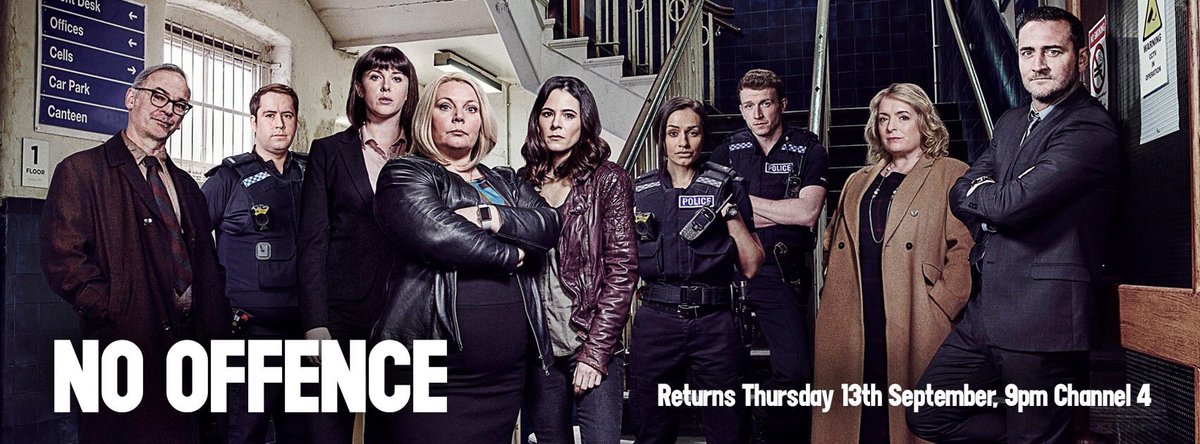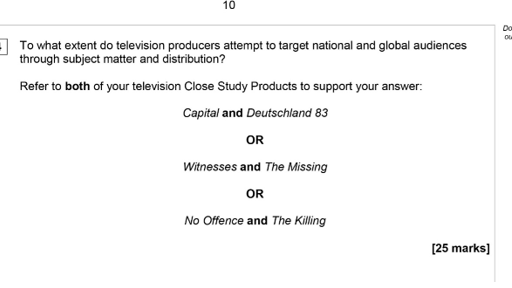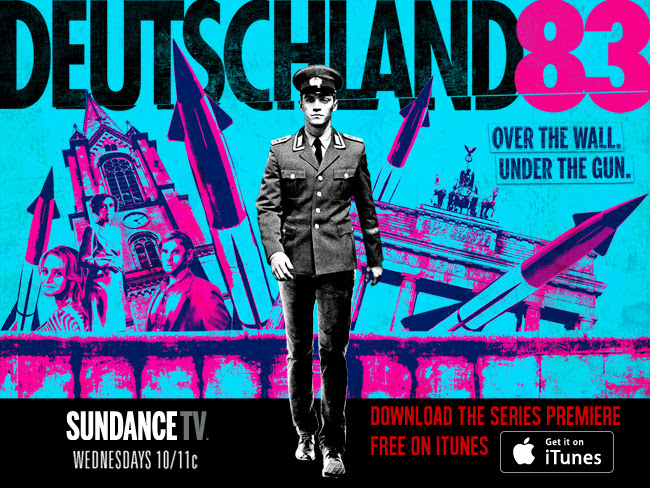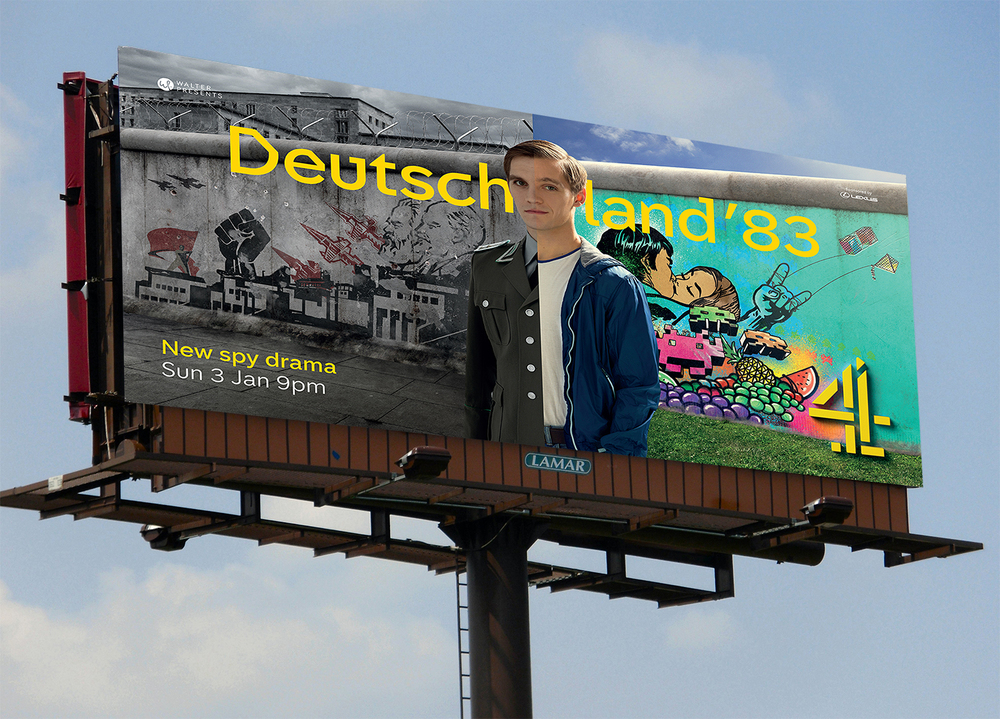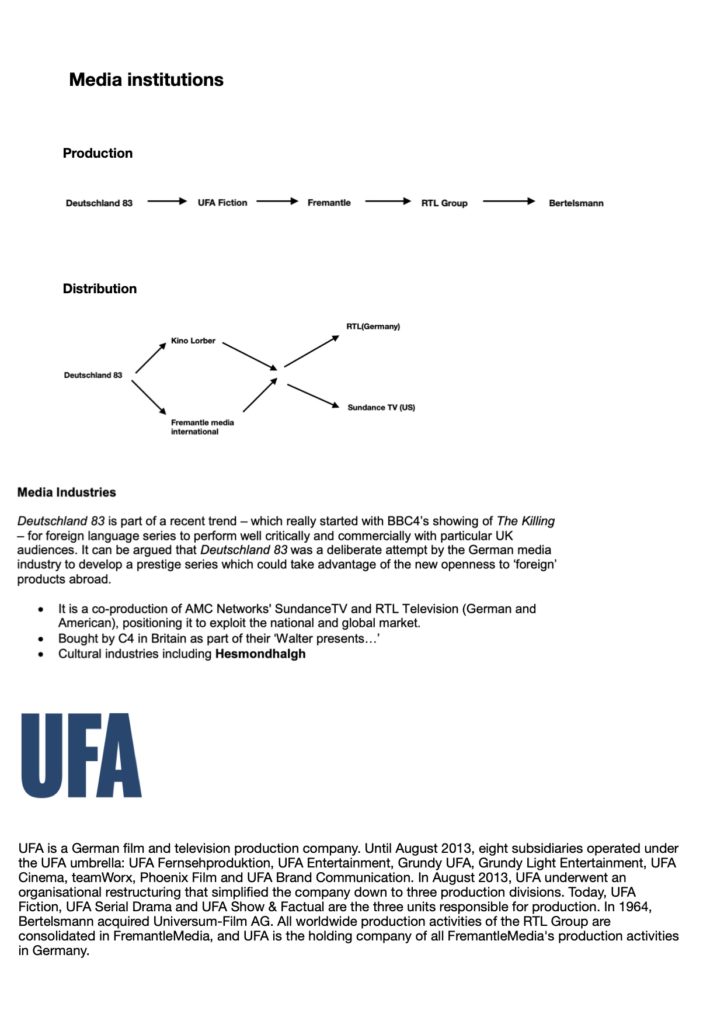Link your knowledge of audience to your chosen pair of TV programmesLook at the advertising campaigns (trailers, websites at home and abroad) for your chosen CSP TV series and think about how media producers target, attract and potentially construct audiences across local, national and global scales.
- To attract viewers for THE KILLING, producers create adverts that are exciting and dramatic. Using dark scenes and imagery makes it clear that the programme is not meant to be comedic. This programme can relate to Katz, Gurevitch and Haas’ Uses and Gratification theory as the programme aims to fulfil personal needs. People may watch these programmes to escape their own lives.
- To attract viewers for NO OFFENCE, producers create adverts similar to every other murder investigation programme, as they know this will be effective.
Both television programmes are aimed at viewers that are interested in crime drama. By tailoring to these specific interests, the production companies can be sure they will secure viewers.
Following a specific predictable format can provide security for the production companies, as they know that following the predictable story line of a main detective following the case of a murder will do well on TV.
George Gerbner said, ‘watching television doesn’t cause a particular behaviour, but instead watching television over time adds up to our perception of the world around us‘.
